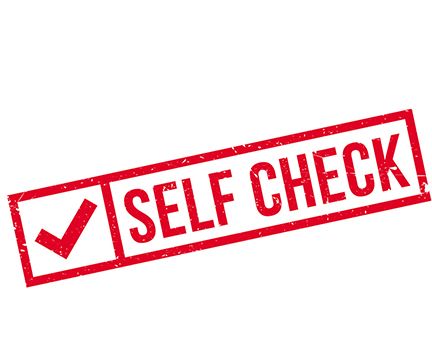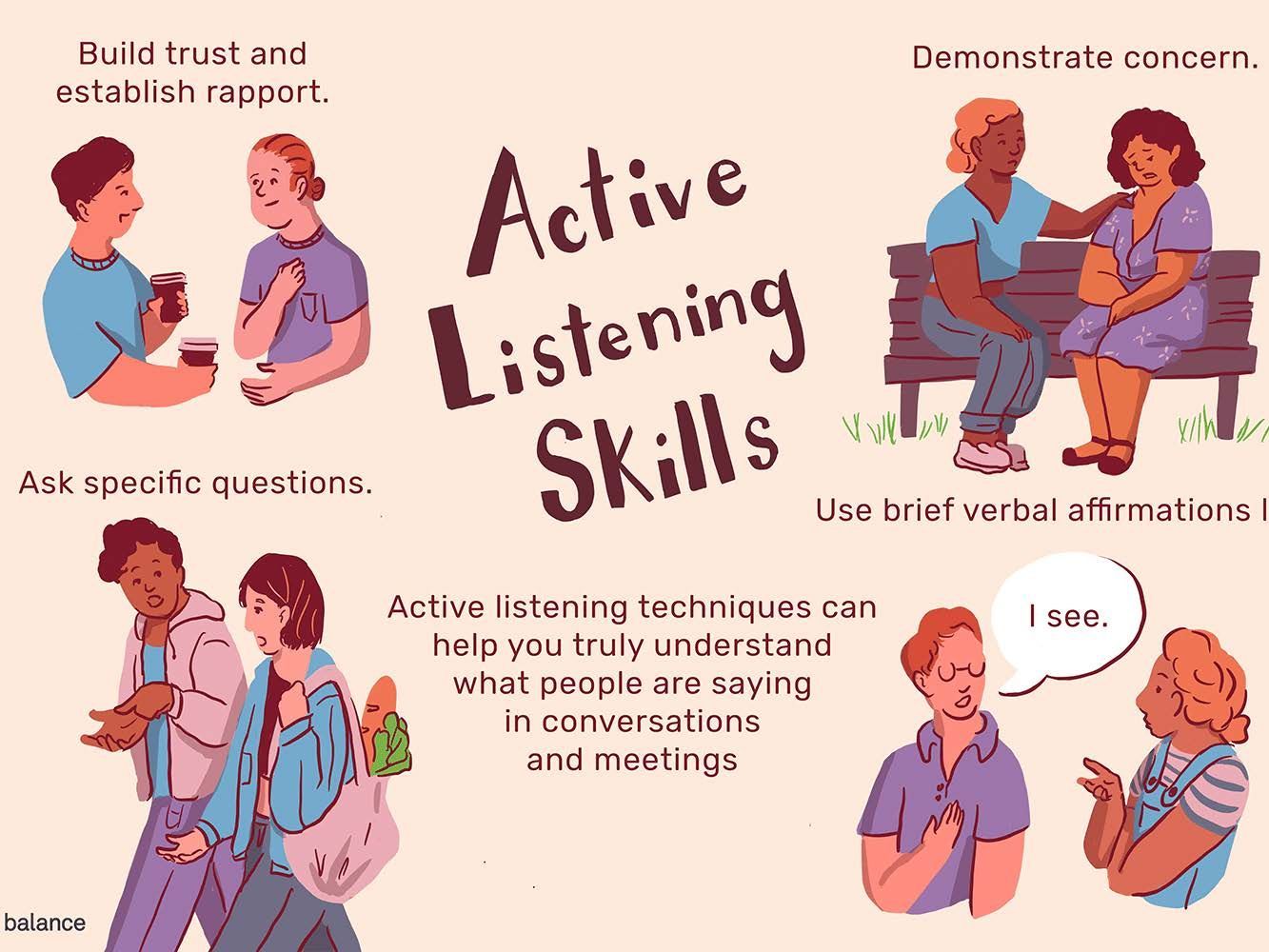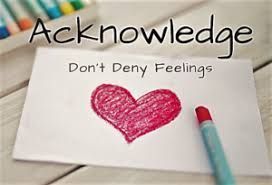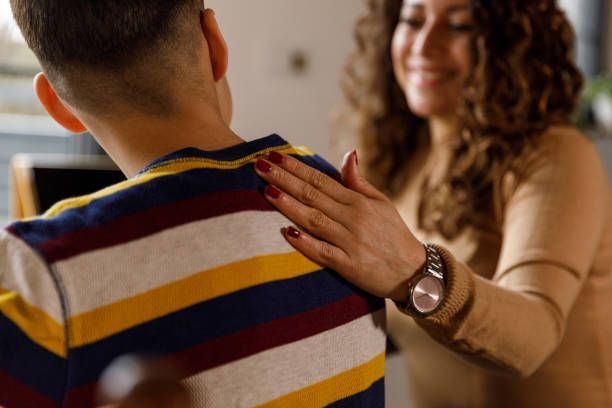There are times in all of our lives when we have to deal with difficult people. Maybe someone is upset and yelling at you, even though you didn’t cause the situation that upset them. Maybe they’re being rude and demanding. Whatever the case, it is always useful to have some strategies in mind to help with handling these situations.

CHECK IN WITH YOURSELF
Before you do anything or say anything, check in with yourself.
- Did you do something wrong or offensive? If so, perhaps an apology is in order.
- Are you being triggered by something in the situation? We all have our baggage from past experiences. Make sure you aren’t bringing your own baggage into someone else’s crisis.
- Are you taking it too personally? Most of the time, other people’s crises aren’t about you; you just happen to be the person convenient enough and safe enough to take it out on at the moment.
- Take a slow deep breath. Slow deep breaths calm the body and clear the mind. It helps you be better prepared to deal with whatever is happening.
LISTEN
People want to be heard. It costs you nothing to allow the person to say whatever they feel a need to say. Don’t assume that you already know what they’re going to say. Listen carefully for details about what happened and what the person might need.


ACKNOWLEDGE THE PERSON'S FEELINGS
When a person is upset, strong emotions are stirred up and overpower the ability to process rationally. When a person’s feelings aren’t acknowledged they tend to feel like you aren’t fully understanding what they’re going through and they will increase the intensity of their yelling, their demanding, or their protest, just to show how intense those feelings are. By acknowledging a person’s feelings, you are meeting that person where they are in the moment and communicating your understanding of what the person is experiencing. This will help you to be seen as an ally rather than an opponent.
CLARIFY RELEVANT LIMITS, EXPECTATIONS
Calmly and simply state the relevant limits, expectations or rules. For example, it might be that the person they wish to speak to is not available. There might be paperwork that must be completed or a deadline that is not negotiable.
ASSIST WITH PROBLEM-SOLVING
If you’ve done all of the above, you are ready to begin problem-solving. Start by asking, if they haven’t already told you, what the person thinks needs to be done. Often the person has a solution in mind. Another starting point might be to ask what the person has already tried. If they’ve already taken steps to try to solve their problem and it hasn’t worked, they’re only going to feel more frustrated when you suggest the same strategies. Explain options that are available and suggest possible next steps. Remember that people don’t like being bossed around. Instead, people prefer to feel like they have some control over their lives and some choice in what they are going to do.

END THINGS ON A POSITIVE NOTE
Final impressions are just as important as first impressions. Make sure the person walks away from your interaction feeling good. Acknowledge the effort they put into resolving the situation. Thank them for their patience (even if they weren’t patient). Wish them a good rest of their day. You probably won’t know the entirety of what that person is dealing with; having a pleasant interaction with you might be the best things that has happened for them today. In any case, you are demonstrating that there are some nice people in the world.
Child and Adolescent Behavioral Health's
Trauma Program Manager
Mary Kreitz is the author of this blog post. If you are struggling with conflict managment/resolution, please contact C&A at 330-433-6075.
RECENT POSTS












